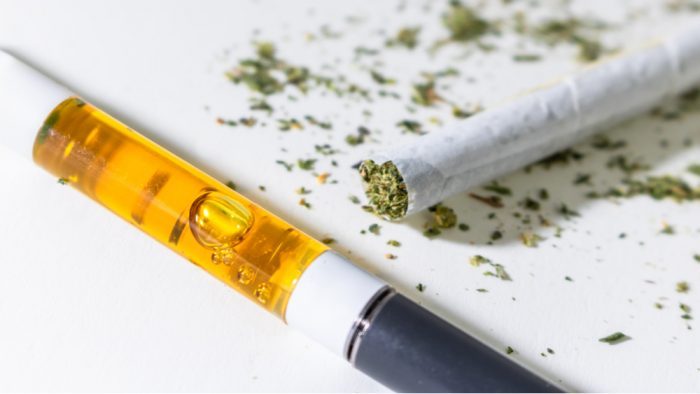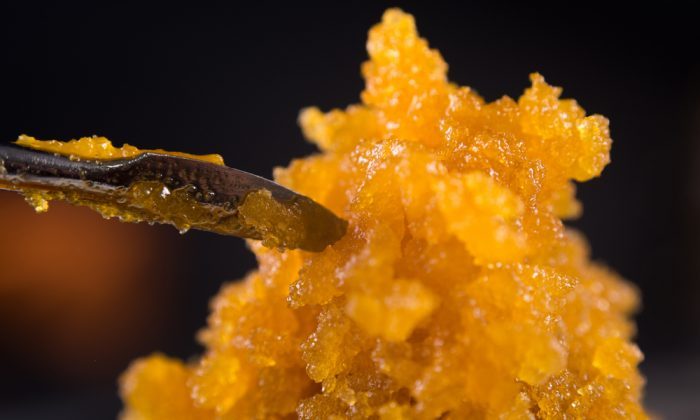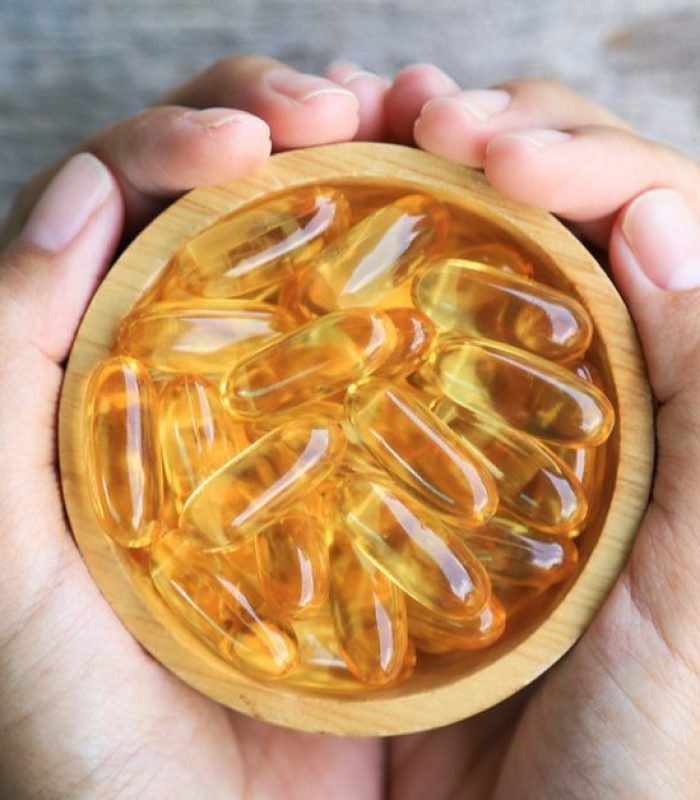Cannabis concentrates are typically found as THC or CBD. These are powerful and potent.
Pain: it can ruin your day and be completely debilitating.
Traditional pain treatment options have their issues. Prescription painkillers like oxycodone or morphine are incredibly addictive and have the potential to induce overdose and death.
Cannabis has gained general approval over the past few years, with 33 states legalizing medical cannabis. This is largely due to its therapeutic properties; it has gained traction as an effective pain reliever. Concentrates, in particular, could provide precise dosage, targeted relief of symptoms, and rapid delivery for sufferers of pain.
The Endocannabinoid System and Cannabis Concentrates
Cannabis is comprised of active cannabinoids, with the main two that you may have heard of being tetrahydrocannabinol (THC) and cannabidiol (CBD). THC and CBD interact with the endocannabinoid system to induce a range of effects on the body. Cannabinoids activate cannabinoid receptors, such as the G-protein coupled receptors CB1 and CB2. THC can bind to both CB1 and CB2, however CBD doesn’t directly act on either. Instead, CBD modulates receptor pathways and acts on other non-cannabidiol receptors.
Concentrates largely include concentrated THC or concentrated CBD. Concentrates isolate the exact cannabinoid you need without all of the other compounds in cannabis. Your desired result will determine which concentrates are ideal for you. Concentrates also help you to control the dosage of cannabinoids more readily as concentrates can be easily measured. But keep in mind that concentrates are high potency, so a little goes a long way.

THC Concentrate
For those suffering from pain, research tells us that THC seems to be the most effective cannabinoid for pain management.
Much like the opioid receptors that interact with morphine, CB1 receptors are found in areas of the brain that regulate pain. Researchers have shown that when THC binds to CB1 it can cause the release of natural pain relievers. So, when THC binds to CB1 the pre-synaptic terminal is hyperpolarized, which closes calcium channels and holds back inhibitory and excitatory neurotransmitters at their synapses. This may then modulate pain pathways involving opioid, serotonin, and N-methyl-d-aspartate (NMDA) receptors, leading to a reduction in pain.
THC has also been shown to stimulate the production of opioid hormones such as beta-endorphin and proenkephalin in the brain stem regions associated with pain processing.
How To Take Cannabis Concentrates
For those new to cannabis, concentrates can be extremely intimidating. How to consume them? How much? Which ones? It’s a lot to figure out, especially for someone new to cannabis. For those looking for pain relief, the research tells us that a THC extract is probably your best bet. But dosage and delivery are extremely important aspects of extract consumption and it’s important to get it right. The kind of extract you consume will also effect how it should be taken.
Concentrates can come in the following forms:
- Shatter – Resembling glass, and as the name suggests it can shatter or snap; ideal for vaporizing and dabbing
- Wax – Consistency of candle wax; ideal for vaporizing and dabbing
- Budder – Frosting-like and viscous in texture; ideal for adding to a cannabis joint
- Crumble – A drier form of budder, but easier to handle; ideal for dabbing or smoking
- Oil – Refined oil; ideal for vaporizing, ingestion, and edibles
Now you have your cannabis concentrate, it’s time to figure out how to consume it and which dosage is appropriate.

Vaporization
Vaporizing is an increasingly popular method for inhaling cannabis concentrates as it’s relatively simple. You will need a vape pen that can work with concentrate. Add oil to the chamber and inhale. The vaporizer heats the concentrate to a specified temperature, allowing you to immediately inhale cannabinoid concentrated vapor. Vaporizers are ideal for those wanting an immediate reaction and for those with more intense pain as it is easy dose away the symptoms. For people new to cannabis and concentrates it is wise to start with just one or two inhalations and wait half an hour to gauge its full effect on you.
Ingestion
Edible products with concentrates and oils are ideal for those wanting to ingest cannabinoids. Ingestion provides a delayed, but prolonged, effect that might be ideal for pain sufferers looking for longer-lasting relief. It is important to remember that the effect of ingested concentrates won’t be felt immediately, so be careful not to fall into the trap of taking an extra dose after the first didn’t kick in straight away. Again, start slowly with ingested concentrates, especially if you’re a novice. Around 1-5mg of THC concentrate should be a good starting point.
Dabbing
Dabbing is a more rapid version of vaporization where concentrates are dropped onto a heated surface (like the flat surface of a nail) and then inhaled. This is an ideal method for people wanting immediate and intense results. Patients with intense pain who have a tolerance for concentrates might find this method their best bet. Beginners should start with just a small amount of concentrate, the size of a grain of rice.
Cannabis concentrates, particularly THC concentrates, offer a lot of promise as pain relievers. With traditional pain relievers putting patients at risk of addiction and overdose, some may find that THC concentrate is a safer, more effective treatment. There are a variety of ways to consume concentrates and there is a method out there for everyone. As always, take care with dosing and remember it’s best to start slowly.






Sherree Weber
Hello my name is sherree I live in Pennsylvania I was in a very bad car accident in 2002 and for 15teen years my doctor had me on a lot of narcotics When he dies I went through withdrawals for two months at home ! After that no doctors wanted to touch me because I had so many problems I have rub disks C2 through C7T567 and eight in my lower spine is crumbling like cornflakes as they described it to me spinal cord damage intercranial migraines she put me on steroids made me fat maybe lose my eyesight but nothing worked I do use hemp seed oil but it only brings my pain down from 10to8 I have a family with three kids at home two are home schooled and I used to be very active I hate this do you have anything I can get to at least bring me to a 6 I want to be a more active mom and there is more however I don’t wish to bore you!! Thank you sherree
Jennifer Grant
Sorry to hear that, Sherree! What a difficult journey. Our shop will be up and running later in the spring. Hemp seed does not have a lot of CBD in it. You would be better to try a CBD product from hemp flower.